Companies with engaged employees see 233% greater customer loyalty and enjoy a 26% greater annual increase in revenue. Loyalty pushes employees to become “evangelists”—they truly love and support the company they are working for, so they naturally promote, share stories, and inspire the customers they interact with.
What does “successful” engagement look like?
In simple terms, engagement equals an active and satisfied person. A desirable, engaged employee is likely to be:
- Active on social media and various online communities
- Sharing stories and experiences that enrich the company’s reputation
- Asking questions meant to improve and inform company processes
- Speaking positively about their work and experiences
- Encouraging other team members and customers
- Partaking in wins
To build a customer-focused team, you should make hiring decisions with these attributes in mind. After a new hire joins your team, it’s up to you to keep the momentum going by building engagement.
5 strategies for optimal engagement
Building engagement in your team is all about how you communicate. Don’t be daunted. We’ve compiled some tactics that will help:
1. Distribute stories up, down, and all around
There’s a reason why they’re called “success stories.” They do no good if the information is kept hidden. You must share meaningful experiences because they can have the biggest impact on morale.
It also helps you identify what areas of an employee or customer experience platform really shine. If you’re getting a lot of stories about a particular team member, for example, you know how valuable they are. Eighty percent of employees feel more engaged when their work is consistent with the core values and mission of an organization.
Distributing the right stories can help team members relate. Three out of every four employees want to stay up-to-date on their company’s current events. Regardless of whether you distribute information via email, company networks, or social media, it’s clearly something your company should be doing. Information can come in many forms, including news and product updates, insights from upper management, or even customer statistics. Just make sure you inform your team(s) about what’s happening with the business.
2. Don’t spam
We just advised sharing information with your team. Yet too much of a good thing is overwhelming.
Consider the average workday. You sit down and begin sorting through hundreds of emails. Most of the day is spent trying to find important communications. It’s a pain, right? Don’t inflict that on your employees. Establish a set of guidelines for what warrants sending an email. Cutting down on all that unnecessary “email work” saves time and money.
On the other hand, since you want to keep everyone in the loop, make the information accessible whenever your employees choose to opt-in. That could mean using social media, an intranet, a private digital community, or a mobile platform. Depending on how much you want to make use of the latest technology, you could even use real-time updates. Real-time updates keep everyone informed because they automatically deliver everything important. Employees can see crucial information at a glance and interact with it or dismiss it.
3. Give everyone a voice
How do you know if your target audience is happy? Simple. You listen.
Only 22% of companies survey their employees on a quarterly basis or more, 79% survey their employees annually or less, and 14% never survey their employees at all. You must provide employees with a way to share their experiences, whether that be positive or negative feedback. Employees who feel their voice is heard at work are 4.6 times more likely to feel empowered, which equals better performance.
How do you grant employees a voice? The secret is to earn their trust by showing that concerns or complaints are taken seriously, and no one is reprimanded or singled out in response.
4. Stay connected
As much as possible, you should strive to go beyond simple messaging and notifications to creating an employee digital community. Chances are, you already have an online brand community, where followers can engage directly with you and with each other. An employee online community is a similar concept. Regardless of the technological framework you use to set up this digital space (it could be as simple as a forum and as sophisticated as a custom app), creating an online community that is always accessible brings all the aforementioned communication principles together.
One example of a solution to consider when creating your employee community is peer-to-peer messaging within an app. This technology is one of the trends to watch this year. It taps into the “gotta have it” mentality, making it highly desirable for modern workforces. In-app messaging can increase engagement ratings and regularly brings in rates of 26% for medium-performance apps, and up to 44% for high-performance apps in the 90th percentile.
The benefit of creating an employee community is connecting different teams and departments, allowing them to share information and learn from each other. For instance, a company might create a separate online space just for their sales representatives, where sales reps in different locations can trade tips.
5. Don’t forget to have fun!
No one is going to see an experience as enjoyable if there’s no fun involved. An employee’s attitude embodies the general feel of the company they work for. Making the work environment (or a part of it) more playful can lead to increased employee engagement.
Gamification of processes, as well as raffles or prizes, are all great ways to achieve this. Even promoting varying social campaigns where employees participate can build a sense of fun in your organization. If you have to, start small with something like “Friday Funnies” where you share a joke or industry-related cartoon, or “I Spy With My Little Eye” where you document good deeds or acts of service around your business.
There’s also the option to have company-sponsored activities like an employee field day or holiday parties. Whatever you choose, your team will take notice.
Building an engaged community
The workplace of the future is fast-paced and hinges on instant, on-the-go connectivity. But trying to keep up can also feel overwhelming. The speed at which business and customer experience expectations develop is constantly falling behind the rate of innovation.
One technology solution that works today may not work a year, or even months, from now. The solution is to identify what works now, so you can influence your teams as soon as humanly possible. Your approach should be a dynamic process where you’re constantly looking to improve and optimize.
Ultimately, it’s the culture or community (employee community) that remains intact, and will largely carry over as you adapt from platform to platform. Seventy-three percent of employees who work in a fully-enabled digital workplace reported a positive impact on their productivity and 70% cited improved collaboration, thanks to digital technologies versus 55% who don’t make good use of technology.
Knowing this, you can immediately see why it’s vital to build a loyal, engaged community with your employees today. That way, you can begin impacting customer experience tomorrow, from the inside out.
15% Off All Business Cards
VIEW ALL CARDS
$60.05
$60.05
$60.05
$62.55
$60.05
$60.05
$60.05
$60.05
$52.55
$60.05



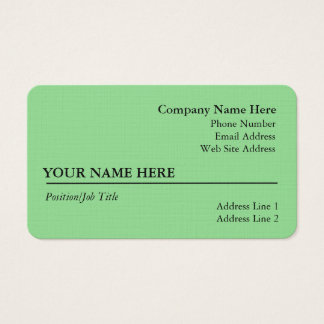
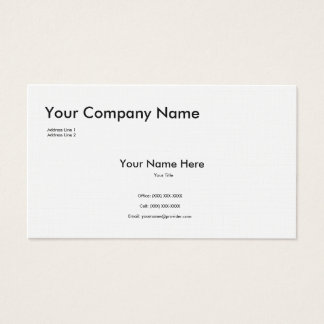
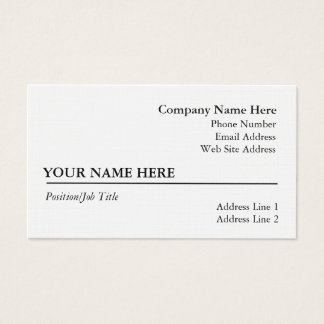

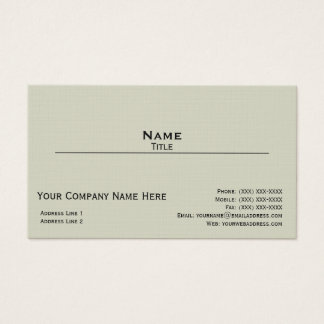
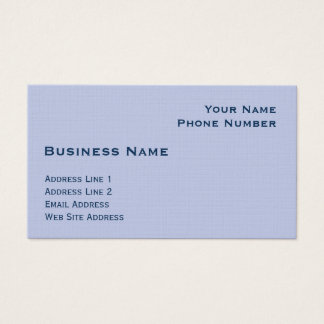
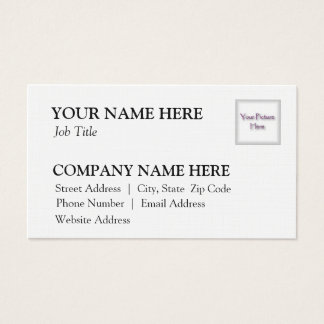
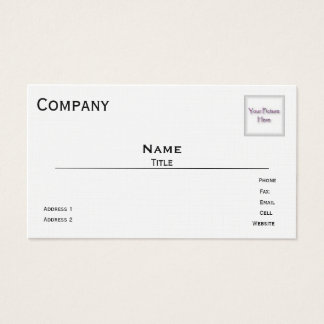
No comments:
Post a Comment